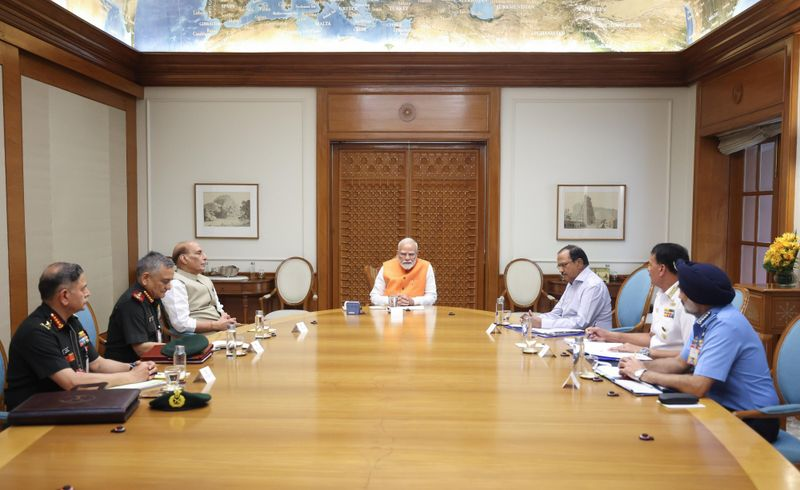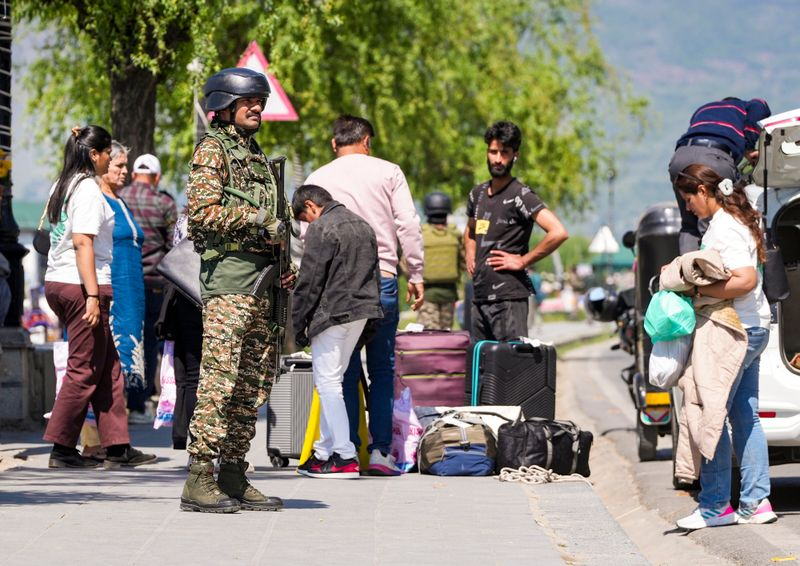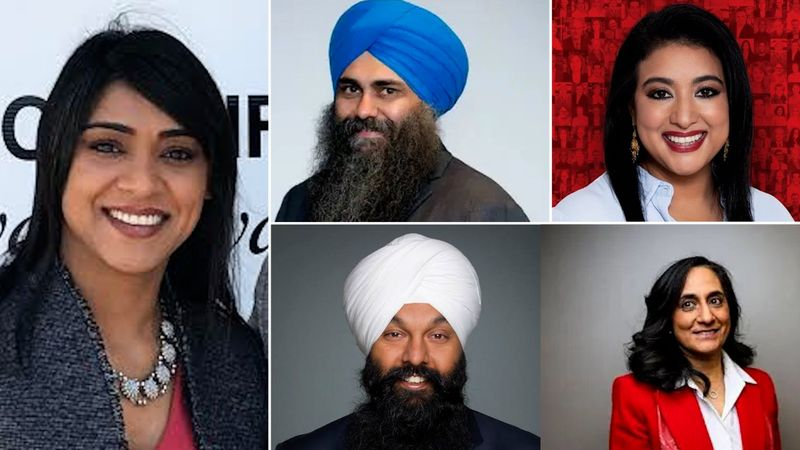China prefers the status quo — continuing tensions between India and Pakistan short of war, which would gradually drain both countries.

Jabin T Jacob

CHINA has issued a series of statements in the wake of the terrorist attack in Pahalgam. How do we interpret these and what do they tell us about how it views India and Pakistan?
The first report of the attack by Chinese state-run Xinhua on April 22 did not refer to it as a terrorist attack but as “tourists killed”, and an “ambush” in “Indian-controlled Kashmir.” The report was largely matter-of-fact even if both Indian Prime Minister Narendra Modi and “the region’s incumbent Chief Minister” Omar Abdullah were quoted as condemning it. It concludes noting: “A guerilla war has been going on between militants and Indian troops stationed in the region since 1989.”
It is only subsequently that the headlines and text change, with “UN Security Council condemns terror attack in Indian-controlled Kashmir” in the headline, “terrorist attack in Kashmir”, and “terrorism and extremism.” But even so, these are not the same thing as saying that China holds Pakistan responsible. In fact, China consistently attempts to portray a picture of neutrality, saying it “hopes India and Pakistan will exercise restraint, work in the same direction, handle relevant differences properly through dialogue and consultation, and jointly uphold peace and stability in the region.”
This ‘neutrality’, however, does two things with respect to India.
One, it hyphenates India and Pakistan in status as the Chinese — and Pakistanis — have always wished the rest of the world would. China does not see India as its equal or a competing power while Pakistan sees itself as India’s equal. New Delhi’s own difference in responses to provocations by China and Pakistan, in fact, tends to reinforce this perception. India had a rather weak-kneed military response following the Galwan incident in 2020. By contrast, it has been relatively more ready for kinetic responses to go with its rhetoric when Pakistan has been the aggressor.
China has also used foreign interlocutors to highlight this hyphenation, referring, for example, to the Egyptian Foreign Minister calling for “calm and self-restraint” in phone calls with his Indian and Pakistani counterparts.
Two, Beijing is also shifting responsibility to India by urging “restraint” and asking both countries to “jointly uphold peace and stability in the region.” By calling for an “impartial investigation”, China is making clear that it does not buy India’s version of events. And nor can it, given that its rivalry with India is structural.
Once again, Indian rhetoric and domestic politics involving Pakistan offer opportunities to China to exploit the India-Pakistan divide and to keep India off balance.
There is a third effect that Chinese neutrality has, but this time with respect to Pakistan. While it is easy enough to conclude that India is the target, Beijing is also conveying a message to Pakistan by not wholeheartedly supporting the latter either.
For long now, Chinese support to Pakistan on political and foreign policy issues has been largely rhetorical. While Beijing has blocked Indian attempts to get Pakistan-based terrorists sanctioned at the UN, it has also used such support to put pressure on Islamabad and Rawalpindi to address China’s own concerns on what it perceives to be terrorism by Uyghurs from its Xinjiang region as well as attacks against Chinese workers in Pakistan.
In other words, Chinese support for Pakistan is increasingly part of a transactional approach. This should not be surprising. American support to Pakistan has dwindled following the Afghanistan drawdown. While the economic relationship has grown with the China-Pakistan Economic Corridor (CPEC), China’s exposure is also not as great as it is often portrayed — most figures for Chinese investments in Pakistan as part of the corridor are wildly exaggerated.
In a Xinhua article published just a few hours before its report on the Pahalgam attack, the CPEC was called “a transformative initiative” but the figures were more telling — it had only “created over 75,000 jobs in Pakistan and attracted more than 26 billion U.S. dollars in investment.” These are poor figures for a country of over 250 million people and after 10 years of the project.
China might not want a full-blown India-Pakistan conflict for several reasons, including the possible return of the US to the region in some form or fashion and this time, most likely on the Indian side. This would mean that China would have to take sides with the Pakistanis. Apart from the lack of any real political or economic gain from such backing, the Chinese probably also do not want to complicate ties with either the US or India at this moment.
Despite its retaliatory measures against the US in the trade war and the aggressive rhetoric, Beijing is also concerned about longer-term implications for its economy and has kept the door open for negotiations with the Americans. The current Chinese thaw with the Indians has at least partly to do with concerns with the Donald Trump administration in the US and is too recent for the Chinese to want to complicate with anything more than the sort of signals outlined above.
No wonder then that Chinese Foreign Minister Wang Yi’s phone call with his Pakistani counterpart ended by saying that “conflict does not serve the fundamental interests of either India or Pakistan.”
At the same time, if eliminating terrorism from Pakistan requires the weakening of the Pakistani military and if such weakening were to lead to an improvement of India-Pakistan ties or a strengthening of western-style democracy, then China will be opposed to this too. China’s ruling communists view democratic consolidation anywhere as threatening their own regime stability.
In short, China prefers the status quo — continuing tensions between India and Pakistan short of war, which would gradually drain both countries, distracting India from preparing for the China challenge and keeping Pakistan dependent on China’s largesse.
Jabin T Jacob is Associate Professor, Shiv Nadar University.

























































































































